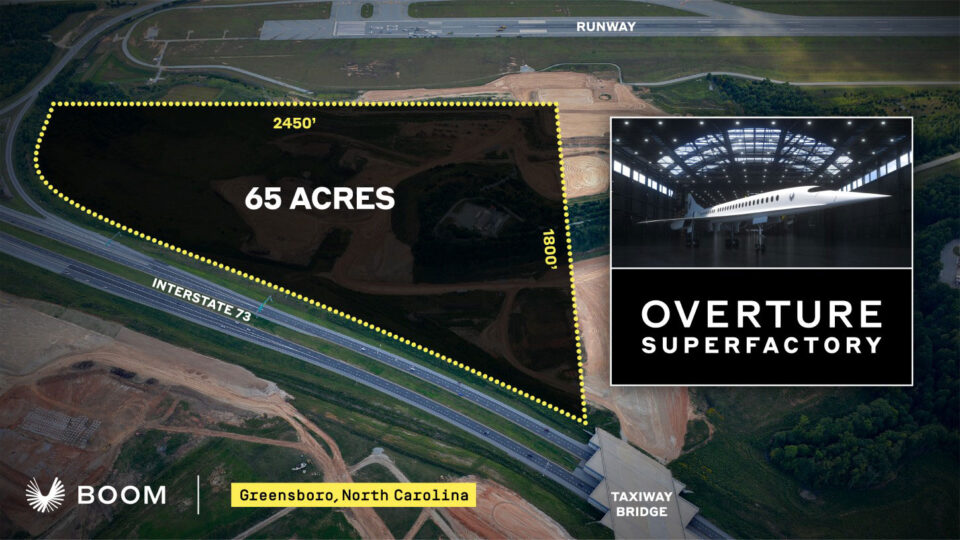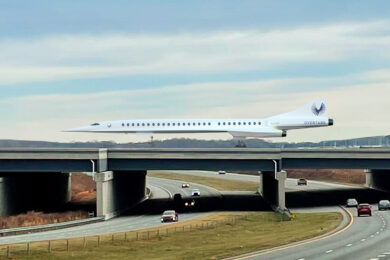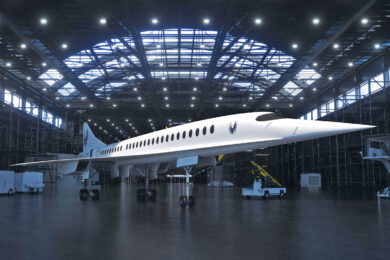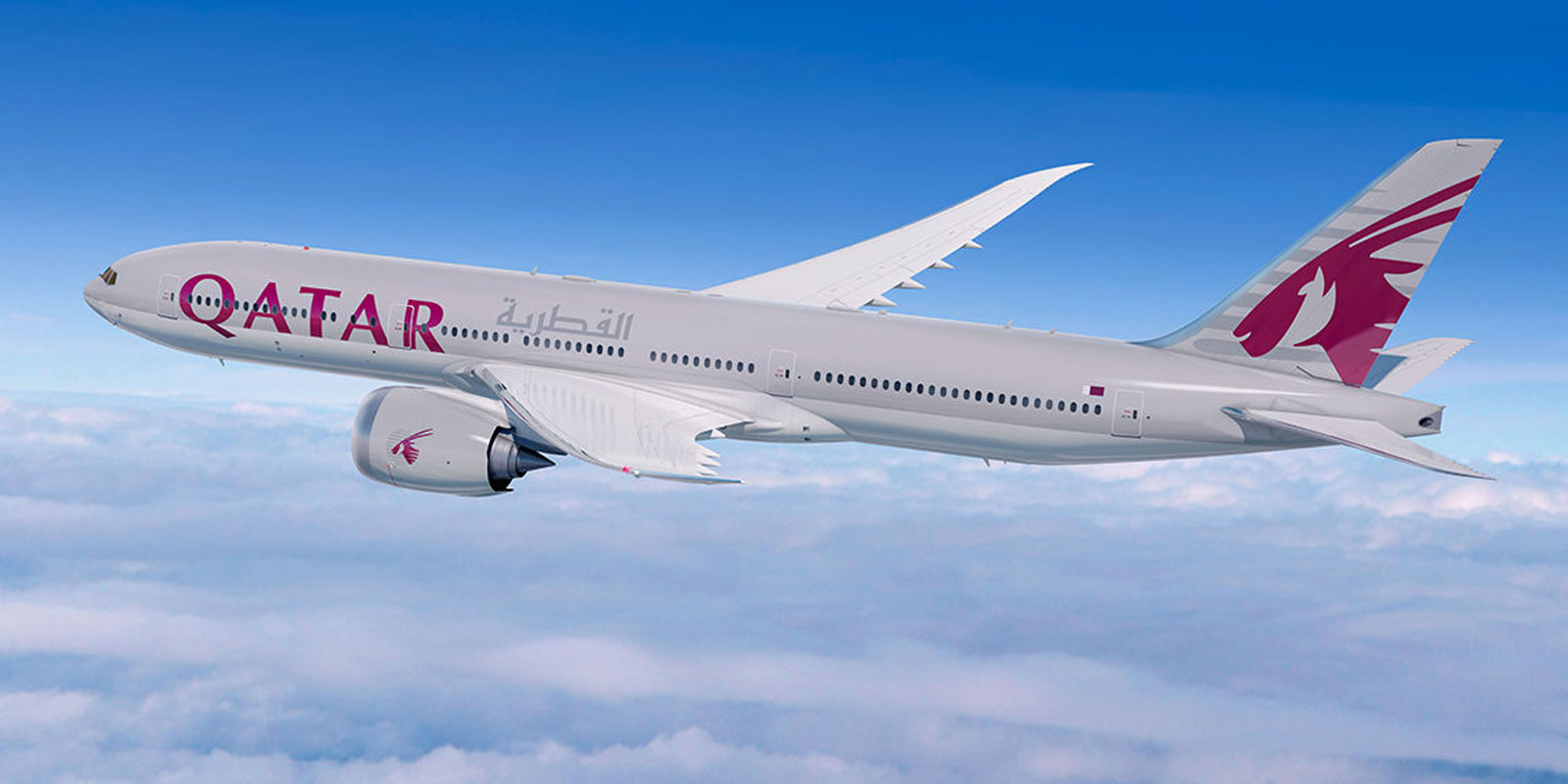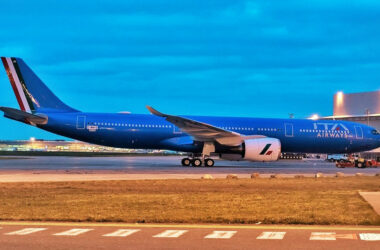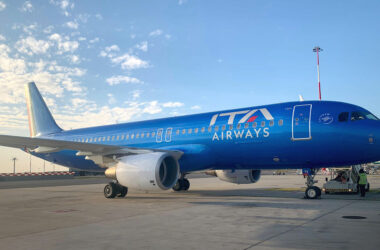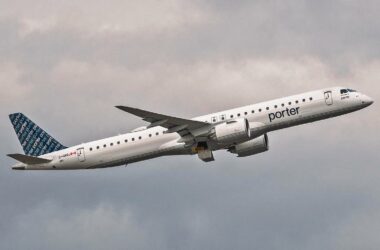Boom Supersonic has chosen Piedmont Triad International Airport in Greensboro, North Carolina, as the location for its “Superfactory” where it will assemble the Overture supersonic airliner, starting in 2024.
The production site will be built on an area of 65 acres north of the airport and will have approximately 400,000 square feet (37,200 m²) of built-up area.
“Selecting the site for Overture manufacturing is a significant step forward in bringing sustainable supersonic air travel to passengers and airlines,” said Blake Scholl, founder and CEO of Boom Supersonic. “With some of the country’s best and brightest aviation talent, key suppliers, and the state of North Carolina’s continued support, Boom is confident that Greensboro will emerge as the world’s supersonic manufacturing hub.”
The North Carolina government is expected to grant tax breaks of about $200 million and Boom, for its part, promises to create more than 2,400 jobs by 2032.
“It is both poetic and logical that Boom Supersonic would choose the state that’s first in flight for its first manufacturing plant,” said North Carolina Governor Roy Cooper. “Like the success of the Wright Brothers at Kitty Hawk, this innovative company will succeed by transforming passenger air travel with speed and sustainable energy,” recalled the Democrat, citing the first flight of a heavier-than-air aircraft, which took place in 1903 in state coastline.
Optimistic schedule
Boom has a pretty bold plan to introduce Overture into commercial service. The supersonic aircraft with the capacity to carry between 65 and 88 passengers should start revenue flights by 2029, according to the company.
In its plans, the production of the first prototype of the plane should roll out in 2025 and fly in 2026. But currently Boom has not yet managed to carry out the maiden flight of the XB-1, a demonstration aircraft that will evaluate the configuration chosen for the jet, with three engines.
The turbofan to be used by Overture is expected to be supplied by Rolls Royce, however, little is known about its development and whether the British company has in fact committed to delivering the engine.
The lack of clarity on this issue made journalist Jon Ostrover of The Air Current consider the schedule a bit fanciful as the engine “would need to be deep in development with a significant engineering team right now to make 2026.”
